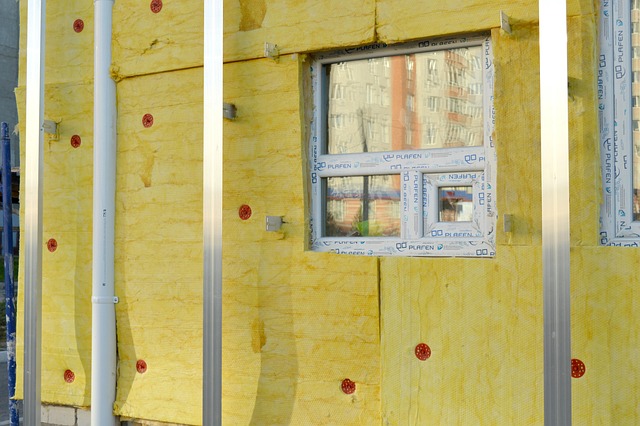Top 5 Eco-Friendly Green Thermal Insulation Choices to Keep Your Habitat Green and Sustainable
As we continue to face the reality of climate change, the need for eco-conscious decisions becomes increasingly important. One area where we can make a significant impact is in our homes and habitats. Incorporating green thermal insulation not only enhances energy efficiency but also promotes a sustainable lifestyle that resonates with our love for nature. Let’s explore five eco-friendly options that help us maintain a comfortable living space, all while being kind to the earth.
1. Sheep’s Wool Insulation
One of the oldest forms of green thermal insulation, sheep’s wool is a renewable resource that offers exceptional thermal properties. It absorbs moisture without compromising its insulating capabilities, helping regulate temperature and humidity levels in your home. Plus, its natural resilience means it won’t sag over time, making it a long-lasting choice. Harnessing the full potential of nature, sheep’s wool is a beautiful way to stay warm while supporting sustainable farming practices.
2. Recycled Cotton Insulation
Who knew that your old jeans could contribute to a greener habitat? Recycled cotton insulation is made from post-consumer cotton scraps, transforming waste into a valuable resource. This material not only has a low environmental impact but also provides excellent soundproofing and warmth. Its eco-friendly production process gives new life to textile waste, allowing you to snuggle up in comfort while actively participating in waste reduction efforts.
3. Cork Insulation
Cork is another fantastic choice for green thermal insulation. It’s harvested from the bark of cork oak trees, which regenerate their bark every nine years, making it a sustainable option. Cork is naturally resistant to moisture and pests, making it a perfect material for insulating your habitat. Moreover, it acts as a carbon sink, absorbing CO2 from the atmosphere and contributing positively to the environment.
4. Hemp Insulation
Hemp is a versatile and sustainable crop that flourishes with minimal resources. Hemp insulation is made from the stalks of the plant and provides high levels of insulation while being lightweight and eco-friendly. As a bonus, its natural properties also make it resistant to mold and pests. Choosing hemp insulation means harnessing the power of nature to create a breathable habitat that stays cozy while aligning with ecological sustainability.
5. Cellulose Insulation
Made from recycled paper, cellulose insulation is both one of the oldest and most effective green thermal insulation options available. It is treated with non-toxic fire retardants and has a significantly lower embodied energy than conventional insulation materials. Cellulose is also excellent at reducing air leakage, which helps improve the overall energy efficiency of your home. By choosing cellulose, you can contribute to reforestation efforts and promote a green future.
Integrating these eco-friendly insulation options into your habitat not only helps you save on energy costs but also sends a strong message about your commitment to preserving the environment. Embrace these sustainable solutions today, and let your home mirror your passion for gardening, nature, and a greener planet!

